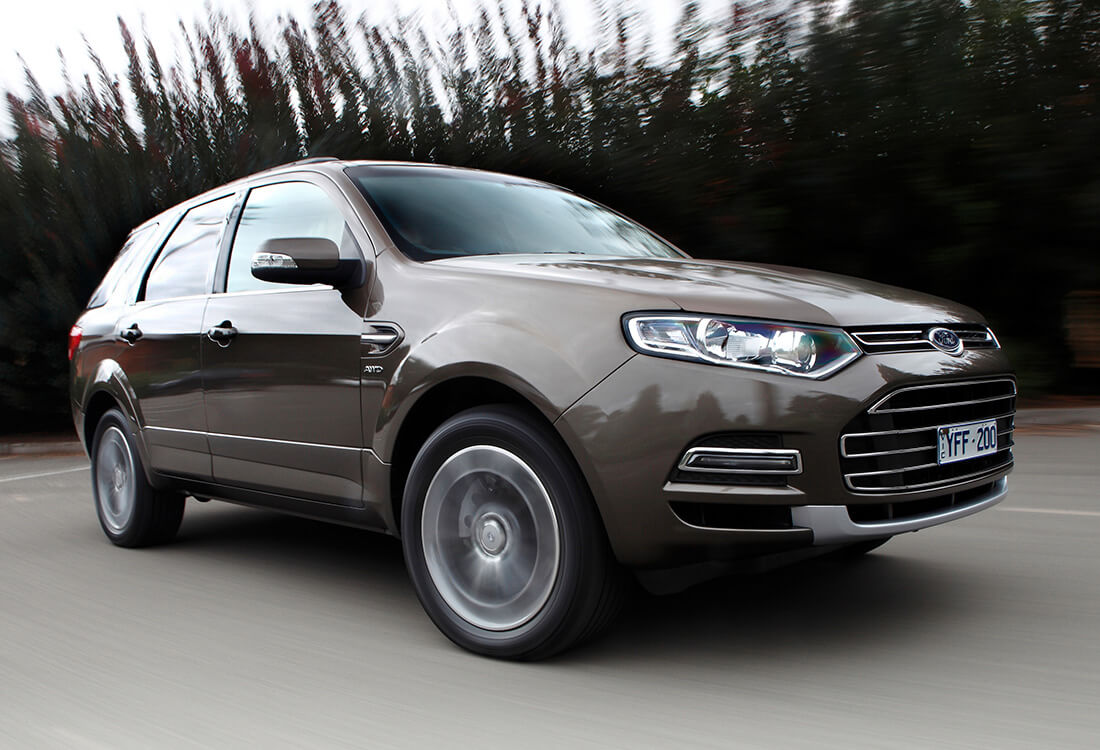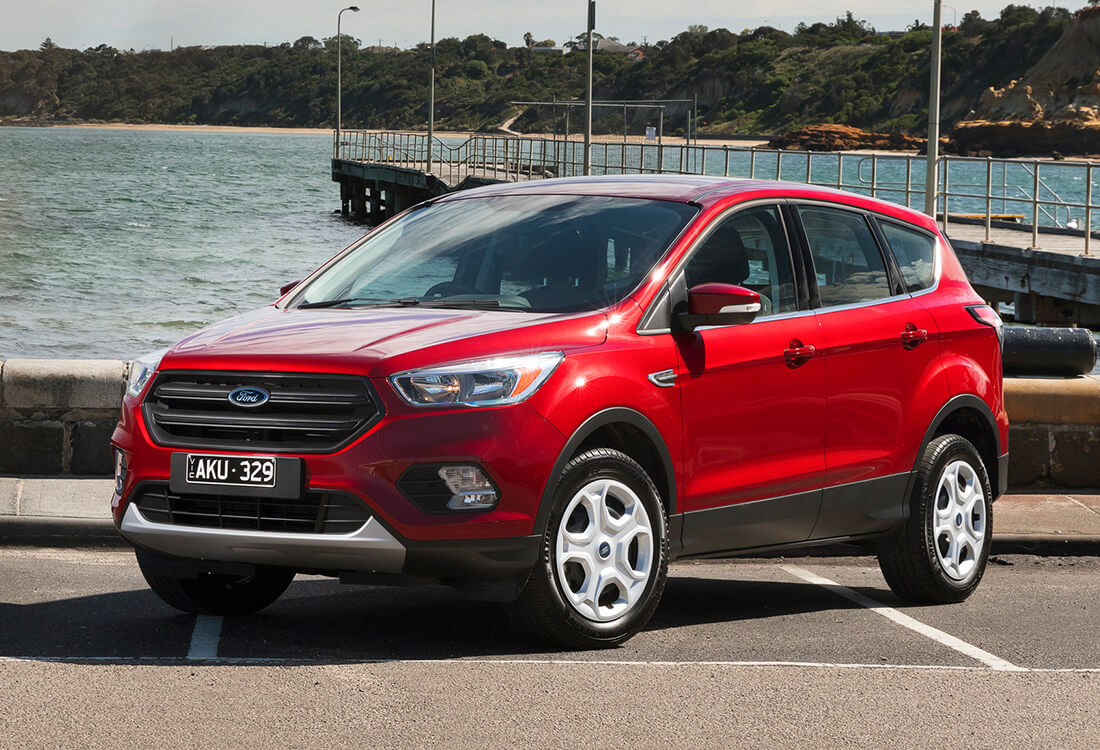A decade ago, when the locally developed, locally built Territory was riding high at the top of the SUV sales rankings, Ford held a healthy 8.7 per cent share of the SUV segment – just below its overall market share of 10.3 per cent.
With Territory now out of production and registering just a handful of sales from remnant stocks at dealerships, Ford’s SUV segment share is just 2.9 per cent, while its share of the overall Australian market is 6.7 per cent.
The Blue Oval now sits behind BMW and Volkswagen in SUV sales, and other rivals – including Chinese companies – are piling into the segment thick and fast.
It could be argued that some Ford buyers have opted to buy the company’s locally developed ute, the Ranger, in its 4×4 dual-cab form as a family transport and weekend fun machine.
After all, the Ranger is now one of the top-selling vehicles in the land, vying with Toyota’s HiLux for the 2017 sales crown.
However, the same could be said for many of Ford’s rivals such as Toyota, Mazda and Mitsubishi which all offer such utes but have still managed to grow their SUV volumes and market share in line with the massive rise in popularity of these family friendly wagons.
Industry SUV sales have more than doubled in a decade, and are likely to top 460,000 units this year – another record. SUVs now outsell traditional passenger cars and make up almost 40 per cent of sales.
But while the market booms, Ford’s SUV sales have slid from 17,290 in 2007 to an estimated 13,000 this year. For most of the decade, Ford SUV sales have bumped along in the 14,000-18,000 range. Meanwhile, sales of rival vehicles have soared.

On Edge: Ford’s Canadian-built Endura – called Edge in other markets – is shaping up as a niche seller rather than a Territory-style mass-market volume generator.
Ford now ranks just 12th in SUV sales in Australia, even though it has added the EcoSport small SUV and Ranger-based Everest to its line-up over the past decade, as well as replacing the under-performing Kuga with the new Escape medium SUV this year.
The Indian-built EcoSport has pretty much missed the boat, achieving just 1116 sales this year – down 27.1 per cent – and running 11th in its segment.
The Escape has fared better, its 4290 units so far in 2017 representing growth of 15 per cent over the Kuga last year. However, because the medium SUV segment – one of Australia’s most popular – has grown 16.4 per cent, Escape has really only marked time in relation to rivals, at 3.1 per cent share.
The big Everest has put on the most growth in the Ford SUV stable, with sales rising 26.3 per cent year on year, to 3725 units at the end of October.
Its share of the large SUV segment has grown from 3.0 per cent last year to 3.9 per cent this year, but Everest is still only ranked 10th among large SUVs.
If we add the 1748 sales of Territory this year, Ford holds 4.7 per cent of the large SUV segment.
By contrast, Toyota’s three-pronged attack in the shape of Prado, Kluger and Fortuner leads the segment with a combined 26.4 per cent.
In overall SUV sales, Toyota holds a 15.2 per cent share – up from 14.5 per cent last year. It would do better if it could get decent stocks of its new small entry, the C-HR.
One-time Ford subsidiary Mazda punches above its weight in SUV sales, buoyed by sales of its top-selling CX-5. It holds an 11.4 per cent SUV share, while Mitsubishi also holds a major slice, with 10 per cent.
Apart from Ford, one of the under-performers is old arch rival Holden, which has slid down the SUV sales pole from 5.1 per cent share last year to 4.4 per cent this year.
Unlike Ford, however, Holden has the cavalry riding to its rescue in the shape of the all-new Equinox mid-sizer to be launched late this month and the Acadia large seven-seat SUV coming next year.
Apart from makeovers for its EcoSport and Everest next year, the only blip on Ford’s SUV radar is the new Endura large SUV, a rebadged version of the Canadian-built Edge that is scheduled to arrive in its facelifted form in late 2018.
While the Endura might have been a direct replacement for the Territory, it will only be available with five seats and a single powertrain choice (a diesel). The Falcon-based Territory offered five and seven seats and a choice of petrol and diesel powertrains.
Also, Ford is describing the Endura as a “premium, highly equipped SUV”, which indicates it is unlikely to provide budget family motoring.
All these factors point to a low-volume, niche entry in a segment where seven seats and keen pricing – think low-to-mid $40,000s – make a big difference.
Of course, Ford has not ruled out getting seven seats or other powertrains in Endura eventually, but on the known facts, it is hard to see how this vehicle is going to lift Ford back out of the pack and back among the leading SUV players.
By Ron Hammerton















 Read More: Related articles
Read More: Related articles

